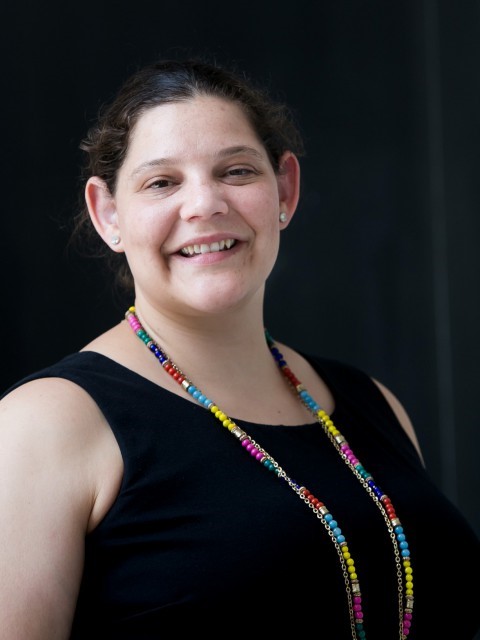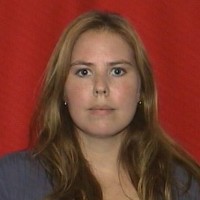Next Gen Navigator
Taking Stock of Implementation Across the States
By Maya M. Garcia and Amy Stephens
Posted on 2022-09-29
It has been 10 years since A Framework for K–12 Science Education (National Research Council 2012) was released by the Board on Science Education (BOSE) at the National Academies of Sciences, Engineering, and Medicine. This marked a transformative moment for science education, as it not only led to the creation of the Next Generation Science Standards and new state standards, but also signaled a big shift in thinking about how to engage even the youngest of learners with robust opportunities to explore scientific phenomena and design challenges. As states began to implement these new standards, substantial changes needed to occur with respect to curriculum, instruction, assessment, professional learning, and policy. Consensus studies and meetings to support these changes have served as catalysts for exploration into three-dimensional assessment, aligned instructional materials, and most recently, publications that explore the elementary science experience.
BOSE received funding to host a summit to take stock of implementation efforts, with the purpose of learning more about how Framework-based standards have been implemented across the nation. The planning of this summit was led by Amy Stephens (study director and senior program officer with BOSE) and Maya Garcia (science content specialist for the Colorado Department of Education and chair of the planning committee). The summit spanned a seven-month period in which the science education community united to reflect on the status of implementation efforts (even in the face of the COVID pandemic), explore the challenges and opportunities present at each of the various levels, and strategize about a path forward.
Throughout the summit, a number of themes emerged. It was clear that to continue to make progress in implementation, the need for more time was critical. Time for leaders to plan for coherent implementation efforts at state, local, and district levels. Time for teachers to reflect on how they design activities that are inviting to students and aligned with the standards. Time to collaborate and engage in professional development and learning that would afford teachers the opportunity to further hone their craft—something that often becomes extra work “on the side.”
Another theme was the importance of keeping diversity and equity at the forefront of the work. One way to achieve this is by ensuring diverse voices, including student voices, are included and by considering the local context when developing and implementing local curriculum and instructional practices. This could also be achieved by providing concrete examples of what equitable teaching is so that practitioners, administrators, and other interested stakeholders would have a better understanding of what equitable science education could look like. And central to all of this is building the infrastructure that can support these changes, so that quality science education can be afforded to all students and is not based on their home zip code. But this requires a shared vision among those working in all of the divisions of the education system: assessment, context, curriculum and instructional materials, leadership, pedagogy, policy, and professional development, as highlighted by the summit’s commissioned papers, coffee talks, and panel discussions.
When considering a path forward, it is important to remember that real change takes time, consistency, and a long-term commitment of resources. Summit participants recognized a need to diversify the educator workforce throughout the system and to find ways to develop support within, across, and beyond school walls to learn and grow together (e.g., time, mentoring, materials, coaching, etc.).
The community also highlighted a need to identify metrics beyond test scores that would allow for measuring progress in standards implementation and growth in students' understanding of science to be recognized over time; a need to recognize and remove barriers to implementation within the local context and through that, uplift the stories of innovative work. Participants generally agreed that the work of implementation must extend beyond the science education community and must include the broader education community with urgency and commitment to realize the vision of the Framework for all students in our communities.
And most importantly, participants realized a need to work together: to disseminate learnings with one another, to share policy changes that work toward a vision of equity and justice, to find opportunities to strengthen the connections that have been made and to expand those networks, and to use the success stories to inspire others as they embark on the journey of science standards implementation.

Maya M. Garcia was a middle school science teacher for eight years in the District of Columbia before serving as science specialist, and later, STEM Director, for the District of Columbia. For the past four years, she has served as state science specialist at the Colorado Department of Education (CDE). She is president-elect of the Council of State Science Supervisors (CSSS); serves on the Board on Science Education (BOSE) at the National Academies of Sciences, Engineering, and Medicine; and represents CSSS as a co-principal investigator in the ACESSE (Advancing Coherent and Equitable Systems of Science Education) research-practice partnership.

Amy Stephens is a Senior Program Officer for BOSE at the National Academies of Sciences, Engineering, and Medicine. She has directed several consensus studies and workshops on a variety of topics, including English learners in STEM subjects, preschool through elementary science and engineering education, the teacher workforce, and how STEM opportunities can cultivate interest in and the development of competencies for computing.
Disclaimer: Any opinions, findings, and conclusions or recommendations expressed in this material are those of the author(s) and do not necessarily reflect the views of the National Academies of Sciences, Engineering, and Medicine.
Note: This article is featured in the September 2022 issue of Next Gen Navigator, an e-newsletter from NSTA that delivers information, insights, resources, and professional learning opportunities for science educators by science educators and focuses on the themes highlighted in Call to Action for Science Education and on the Next Generation Science Standards and three-dimensional instruction. Click here to sign up to receive the Navigator.
The mission of NSTA is to transform science education to benefit all through professional learning, partnerships, and advocacy.
NGSS Three-Dimensional Learning

